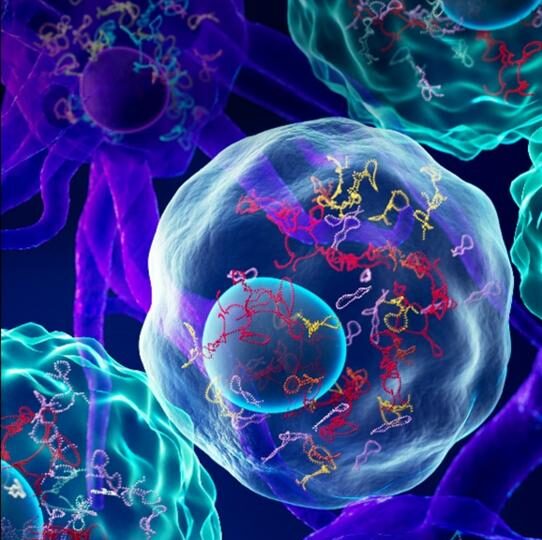New approach to single-cell RNA structure sequencing unveils biomarkers for human development and disease
Researchers from A*STAR’s Genome Institute of Singapore (GIS) have found an innovative approach to sequencing single-cell RNA to study the roles of RNA structure in individual cells. As RNA shapes in individual cells can vary and drive different functions, studying the collective RNA shapes in many cells may overlook the individual variability in both RNA structure and function. Named Sc-SPORT for Single Cell Structure Probing Of RNA Transcripts, this new approach is able to identify biomarkers crucial for human development and disease, based on shape rather than sequence. While single-cell gene expression analysis has shown the extent of diversity that is present in seemingly similar individual cells, it was unclear whether other elements could also influence cell fate. Through this approach, researchers can now use RNA structure as an additional level of information to identify cell types in development and diseases.
Led by A*STAR’s GIS Deputy Executive Director and Principal Investigator, Dr Wan Yue and A*STAR’s GIS fellow Dr Jiaxu Wang, in collaboration with Dr Roland Huber, Principal Investigator, A*STAR’s Bioinformatics Institute (BII), this study marks the first exploration of RNA structure at a single-cell level, specifically targeting rare cell types and RNA structure heterogeneity. In the past, when studying the structure of RNA in large quantities, researchers required millions of cells to begin. Such an approach led to a generic overview, combining all the shapes from all the cells, which made it hard to see the specific differences in RNA structure among individual cells. Now, by performing RNA structure probing in single cells, researchers can better appreciate the information present in each cell and identify when the cells could go wrong.
The study of RNA structure in single cells opens doors to identifying structure biomarkers in individual cells that can be dysregulated in disease, adding an additional layer of information to existing single-cell information. This RNA structure could serve as a novel biomarker or drug target for diseases whereby the RNA levels do not change. It would enable researchers to identify cell types based on RNA structure in addition to RNA expression and better understand how RNA viruses can fold in individual cells. Currently, the team is optimising scale-up approaches for single-cell RNA structure sequencing and applying this approach to more complex cell developmental process and cancer.
Dr Wan Yue said, “Unlike traditional methods that study millions of cells at once, this breakthrough enables the examination of RNA structures in each cell individually, unveiling unique patterns and biomarkers, enriching our understanding of cellular fate. In the face of the COVID-19 pandemic, caused by an RNA virus, understanding how RNA folds within cells becomes paramount. This study not only sheds light on the fundamental functions of RNA but also paves the way for unprecedented insights into the potential of RNA as a game-changer in biomedical sciences.”
Acting Executive Director at A*STAR’s GIS, Professor Liu Jian Jun said, “In the fast-evolving landscape of RNA research, the work conducted at GIS underlines our commitment to deciphering the complexities of RNA. The heightened awareness of RNA’s role, especially in the context of the COVID-19 pandemic, contributes to better pandemic preparedness and offers new insights for potential treatments against RNA viruses.”
The paper, “RNA structure profiling at single-cell resolution reveals new determinants of cell identity” was published in Nature Methods on 4 January 2024.




COMMENTS ARE OFF THIS POST